Search your favourite transcriptions and add them to your cart with a click.![]()
Jazz Styles Periods
- browse JBT transcriptions choosing the sound-style you prefer! -

CHARACTERISTICS: Use of collective improvisation (polyphony). Front line of trumpet (or cornet), clarinet, trombone. New Orleans style typically included banjo and tuba, later replaced by guitar and string bass in Chicago Style. Chicago Style also typically adds saxophone to the front line. Use of flat four in New Orleans Style, later replaced by lighter two beat feel in Chicago Style: the time signature and rhythm changed from 4/4 to 2/4 (accenting beats 2 and 4, rather than 1 and 3). Modern drum set emerges when New Orleans musicians begin to consolidate the drum section (bass, snare, cymbals) commonly found in early New Orleans brass bands.
IMPORTANT MUSICIANS: Louis Armstrong (cornet/trumpet), Bix Beiderbecke (cornet), Jelly Roll Morton (piano/composer), Sidney Bechet (soprano sax, clarinet), Buddy Bolden (cornet), Joe "King" Oliver (cornet/bandleader), Earl "Fatha" Hines (piano)...
Try searching for these sonorities by browsing the following JBT tags:

CHARACTERISTICS: Most popular period in jazz history. Large ensembles, less improvisation, more emphasis on written arrangements. Emphasis on showmanship (band uniforms, theme songs, logos on stands, choreography, singers). Development of sections (saxes, trumpets, trombones, rhythm) based on the early model of the front line in New Orleans/Chicago Style Dixieland. Smoother swing feel (steady 4/4 time with emphasis on beats 2 & 4, walking bass, ride cymbal). Features of standard big band arrangements could include: Tutti (all horns playing a melodic line in harmony), Soli (one section featured playing a melodic line in harmony), Shout Chorus (climatic tutti section at the end of the arrangement), Cross-section voicing (a harmonized melodic line voiced using instruments from different sections within the band), Riffs (repeated short melodic and/or rhythmic pattern).
IMPORTANT MUSICIANS: Duke Ellington (piano/composer), Count Basie (piano/bandleader), Benny Goodman (clarinet/bandleader), Coleman Hawkins (tenor sax), Lester Young (tenor sax), Roy Eldridge (trumpet)...
Try searching for these sonorities by browsing the following JBT tags:

CHARACTERISTICS: Small ensembles (trio, quartet, quintet). Focus on improvisation rather than on complex arrangements. Complex, angular melodies usually played in unison. Longer, irregular phrasing. Usually faster tempos than in swing. Emphasis on virtuosity, instrumental technique. Drummer is now more interactive (dropping bombs) with soloist. Use of contrafacts (original melody lines written over standard chord progressions). Increased harmonic complexities (alterations and substitutions of standard chord progressions).
IMPORTANT MUSICIANS: Charlie Parker (alto sax), Dizzy Gillespie (trumpet), Bud Powell (piano), Thelonious Monk (piano/composer), Max Roach (drums), Dexter Gordon (tenor sax), J.J. Johnson (trombone)...
Try searching for these sonorities by browsing the following JBT tags:

CHARACTERISTICS: Calm, unhurried approach to improvisation. Thinner textures, softer dynamics, smoother melodic phrasing. Horn players tend to play with a lighter, less harsh tone quality with little vibrato (influence of Lester Young). Less intense kicks/bombs by drummers, increased use of brushes. More intricate arrangements, an emphasis on composition. New instrumental combinations (flute, cello, french horn, oboe, etc.). Renewed interest of collective improvisation. Less obvious blues influence.
IMPORTANT MUSICIANS: Miles Davis (trumpet), Dave Brubeck (piano/composer), Paul Desmond & Lee Konitz (alto sax), Lennie Tristano (piano/composer/teacher), Chet Baker (trumpet/vocals), Gerry Mulligan (bari sax/composer), Modern Jazz Quartet, Stan Getz (tenor sax), Gil Evans (piano/composer)...
Try searching for these sonorities by browsing the following JBT tags:

CHARACTERISTICS: Raw, hard driving style with an emotional emphasis. Extensive use of the blues & gospel music. Emphasis on "groove" (funky), danceability and the "shuffle" rhythm. Latin elements and a "straight" eighth note feel used at times. Somewhat slower tempos and simpler melodies than in bop. Primarily black musicians from New York City, Detroit and Philadelphia.
IMPORTANT MUSICIANS: Art Blakey (drums) & The Jazz Messengers, Horace Silver (piano), Sonny Rollins (tenor sax), John Coltrane (tenor sax), Hank Mobley (tenor sax), Clifford Brown (trumpet), Lee Morgan (trumpet), Cannonball Adderley (alto sax), Charles Mingus (bass/composer), Benny Golson (tenor sax/composer) & The Jazztet, Miles Davis' (trumpet) "classic" quintet (1955-59), The Oscar Peterson Trio, The Bill Evans Trio, Joe Henderson (tenor sax), Wes Montgomery (guitar), João Gilberto (guitar/vocals/composer), Tom Jobim (composer/arranger/piano/vocals), Vinícius de Moraes (vocals/songwriter)...
Try searching for these sonorities by browsing the following JBT tags:

CHARACTERISTICS: Open or free forms; tunes often complete improvisations. Lack of preset chord changes. Usually dense textures, high energy playing (energy music). Collective improvisation of a more dissonant, atonal nature. Oftentimes ensembles omit use of a piano or chord instrument. Experimental instruments & instrumentations. Use of unorthodox sounds (squeaks, screams, noise, etc) and extended techniques (altissimo register, multiphonics, etc). Interest in non-western musical concepts (world music) and 20th century classical composers such as John Cage and Karlheinz Stockhausen.
IMPORTANT MUSICIANS: Ornette Coleman (alto sax/composer), Cecil Taylor (piano/composer), Albert Ayler (tenor sax), Anthony Braxton (saxophones/composer)...
Try searching for these sonorities by browsing the following JBT tags:

CHARACTERISTICS: Extensive use of electronic instruments: electric piano (Fender Rhodes), synthesizers (multiple keyboards), electric bass (bass guitar), electric guitar, electronic modifications on acoustic instruments. Focus of attention on the rhythm section. More attention on studio recording technology and the process of recording. More emphasis on straight eighth note feel (rock) than on swing. Harmony often simple chord repetitions (static harmony, vamps). Bass lines often repetitive. Pieces range from simple melodies with vamps and open forms to complex through-composed , sectionalized compositions. Saxophones used more often than brass instruments.
IMPORTANT MUSICIANS: Miles Davis (trumpet/bandleader: Bitches' Brew, In A Silent Way), Chick Corea (keyboards/leader: Return to Forever), Herbie Hancock (piano/leader/composer), Wayne Shorter (tenor/soprano sax), Weather Report (group), Tony Williams (drums/composer), John McLaughlin (guitar/leader: Mahavishnu Orchestra)...
Try searching for these sonorities by browsing the following JBT tags:

CHARACTERISTICS: No single dominant stylistic trend has emerged in the 1980s or 90s. Instead, a continuation of previous styles, crossovers, and new styles derived from various sources are common. Some notable trends within this eclecticism seem to be: 1) a further sophistication of electronic jazz through the use of computers, 2) a resurgent neo-bop and neo-traditionalist movement (Neo-Classicism), 3) expanded instrumental & vocal techniques, 4) a greater involvement of women, and 5) the growth of European and "world music" jazz styles.
IMPORTANT MUSICIANS: Pat Metheny Group (fusion band), Michael Brecker (tenor sax: also founding member of fusion group Steps Ahead), Wynton Marsalis (trumpet/composer: associated with Neo-Classic movement), Joe Lovano (tenor sax), Kenny Garrett (alto sax), Don Byron (clarinet/composer), Dave Douglas (trumpet/composer), Bobby McFerrin (voice), Steve Coleman (alto sax: associated with M-BASE movement), Cassandra Wilson (voice: associated with M-BASE movement), Dave Sanborn (alto sax), Chick Corea's Elektric Band (fusion band), John Scofield (guitar), Keith Jarrett Trio (piano/bass/drums acoustic jazz trio)...
Try searching for these sonorities by browsing the following JBT tags:
Latest Transcriptions
- discover some of the latest uploaded files -
show most viewed transcriptions - show most wanted transcriptionsPlease Send Me Someone To Love - Paul Chambers Full Bass Score
Soul Intro / The Chicken - Jaco Pastorius Full Bass Line
Jubilation - Ray Brown Full Bass Line
Beija-Flor - Steve LaSpina Full Bass Line
Quintessence - Q. Jones arranged / Milt Hinton played Bass Line
Work Song - Ray Brown Full Bass Line
You Go To My Head - Ray Brown Full Bass Line
Easy to Love - Ray Brown Full Bass Line
Voodoo - Butch Warren Full Bass Line
Teo - Larry Gales Full Bass Line
'Round Midnight - Ron Carter Full Bass Line
Chi-Chi - Percy Heath Full Bass Line
Desafinado - Ron Carter Full Bass Line
Moonlight In Vermont - Israel Crosby Full Bass Line
Airegin - Percy Heath Walking Bass Solo
Airegin - Percy Heath Full Bass Line
Strangeness In The Night - Steve Swallow Bass Solo
Trio Blues - Steve Swallow Full Bass Score
Darn That Dream - Steve Swallow Full Bass Score
Equinox - Steve Davis Bass Line (Intro + 6 Ch.)
Come Rain or Come Shine - Christian McBride Full Bass Score
Beautiful Love - George Mraz Full Bass Score
Dolphin Dance - Eddie Gomez Full Bass Score
My One And Only Love - George Mraz Full Bass Score
She's Leaving Home - Avery Sharpe Full Bass Line
Fuego - Doug Watkins Full Bass Line
Blue In Green - Charlie Haden Full Bass Score
Inner Urge - Gary Willis Bass Solo
Birk's Works - Ray Brown Full Bass Line
Lawns - Steve Swallow Full Bass Score
Country - Palle Danielsson Bass Solo
James - Steve Rodby Full Bass Line
Brazilian Like - Anthony Jackson Full Bass Line
Brazilian Like - Paolino Dalla Porta Full Bass Line
Fungii Mama - Gene Taylor Bass Line (4 Ch.)
Hello Dolly - Arvell Shaw Full Bass Line
Nardis - Miroslav Vitouš Full Bass Score
Spain - John Patitucci Solo
Oleo - John Patitucci Full Bass Score
Red Clay - Ron Carter Full Bass Score
Bock To Bock - Monk Montgomery Full Bass Line (D. Bass)
Aisha - Reggie Workman Full Bass Line
View all transcriptions
Jazz Legends
- discover some bass transcriptions of greatest jazz musicians -
- Ahmed Abdul-Malik (2)
- Art Davis (6)
- Bob Cranshaw (5)
- Butch Warren (18)
- Charles Mingus (19)
- Charlie Haden (40)
- Christian McBride (21)
- Chuck Israels (6)
- Curley Russell (2)
- Dave Holland (20)
- Doug Watkins (10)
- Eddie Gomez (13)
- Gary Peacock (5)
- George Duvivier (9)
- George Morrow (7)
- George Mraz (11)
- Henry Grimes (7)
- Israel Crosby (26)
- Jimmy Blanton (11)
- Jimmy Garrison (11)
- John Clayton (2)
- John Simmons (6)
- Jymie Merritt (4)
- Larry Gales (5)
- Larry Grenadier (14)
- Marc Johnson (2)
- Miroslav Vitouš (2)
- Niels-Henning Ørsted Pedersen (4)
- Oscar Pettiford (27)
- Paul Chambers (82)
- Percy Heath (23)
- Ray Brown (84)
- Red Mitchell (5)
- Reggie Workman (6)
- Richard Davis (2)
- Ron Carter (47)
- Sam Jones (35)
- Scott LaFaro (29)
- Slam Stewart (3)
- Steve Davis (7)
- Steve Swallow (5)
- Wilbur Ware (25)
- Other Bass Players (54)
- Charlie Christian (3)
- John Coltrane (2)
- Chet Baker (10)
- Tom Harrell (3)
Band Types
- search your bass transcriptions by number of musicians in the band -
Tag Cloud
- search your bass transcriptions by tag/keyword about jazz world -


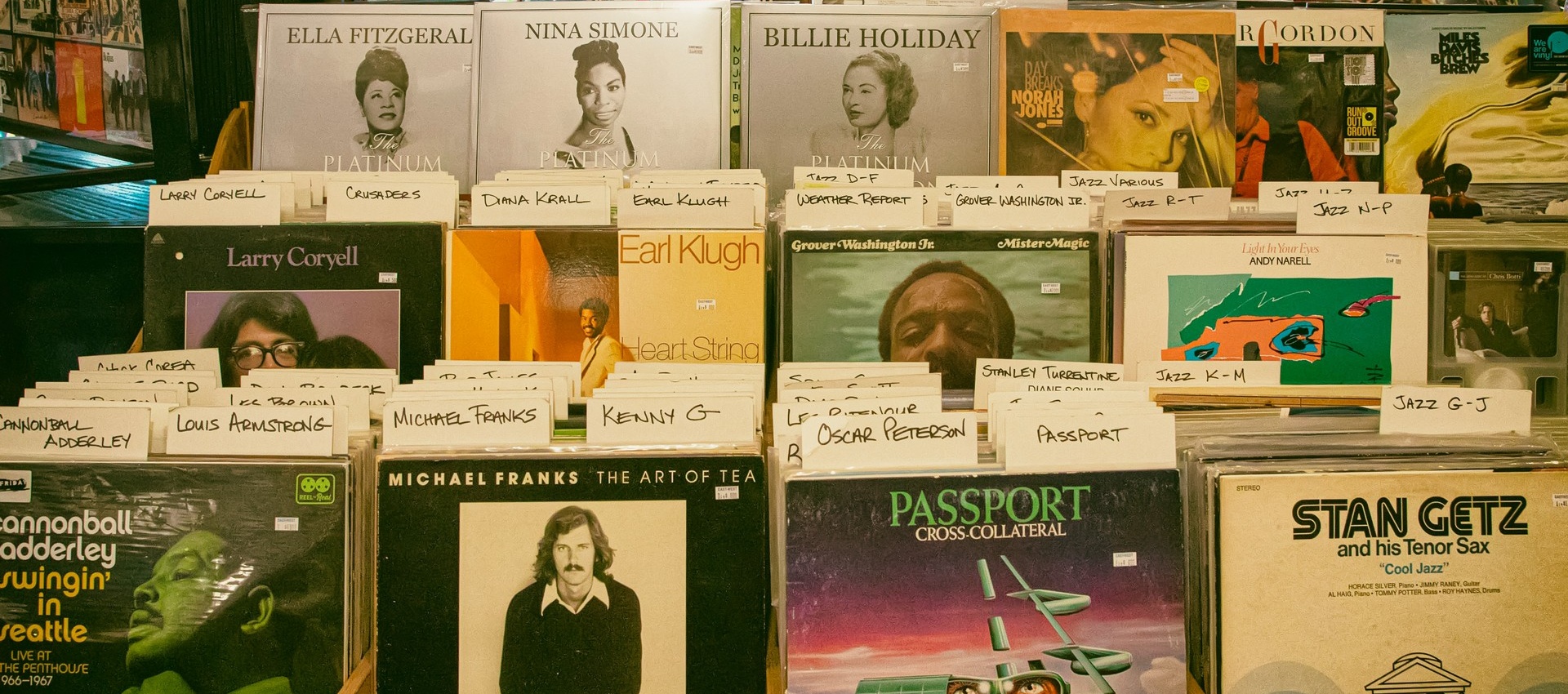

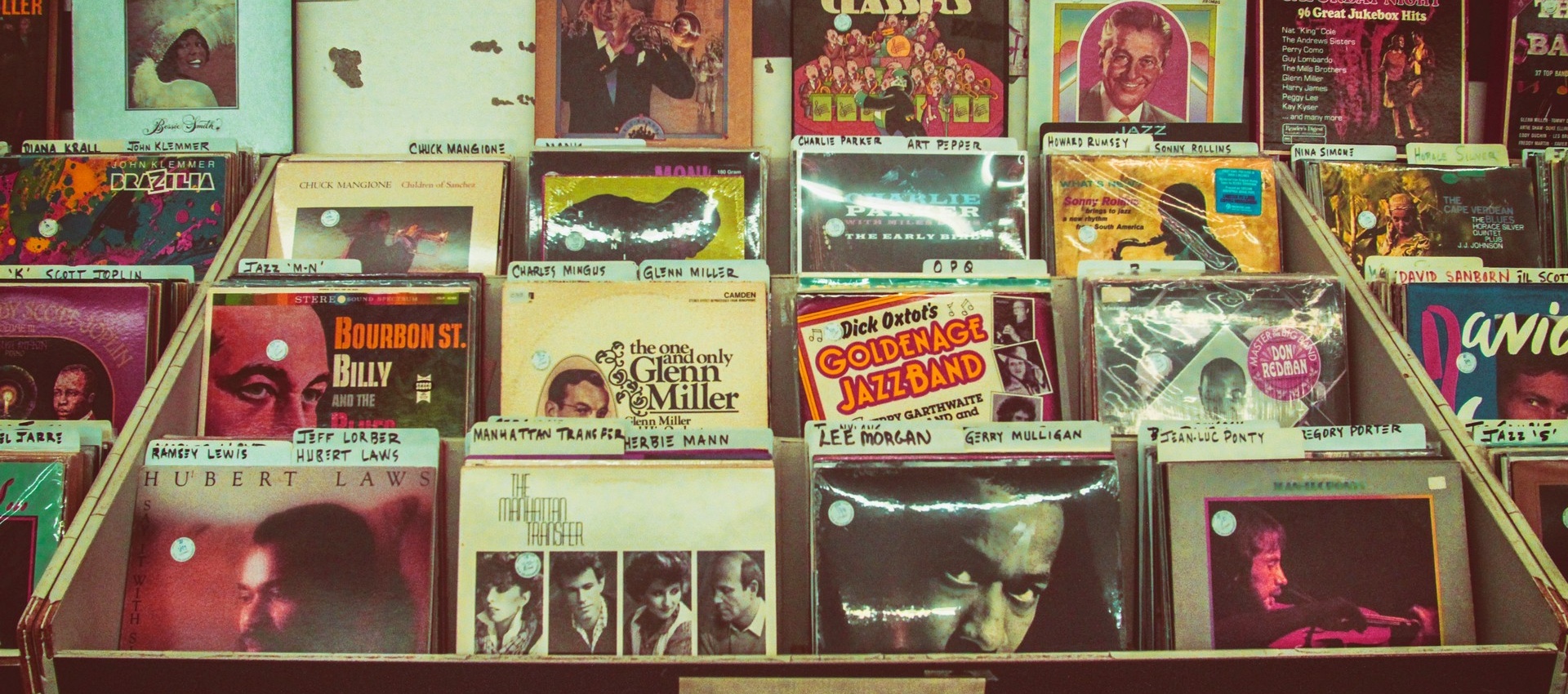




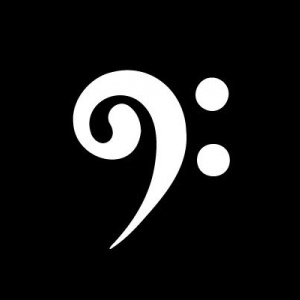

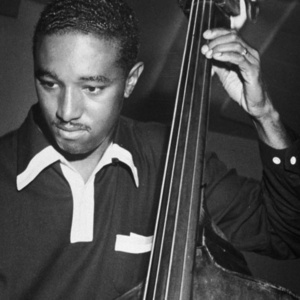






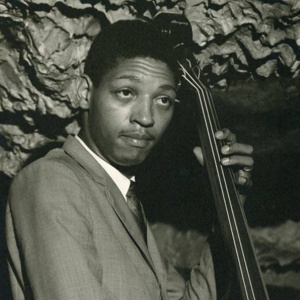

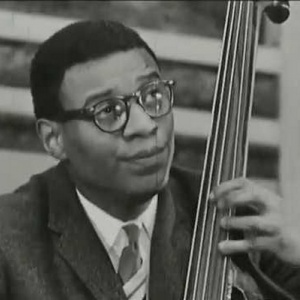

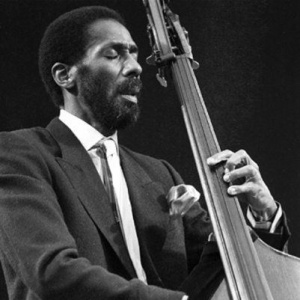

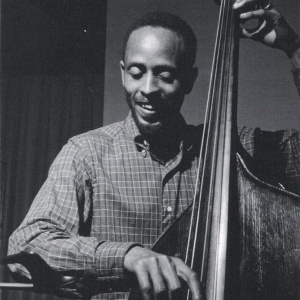


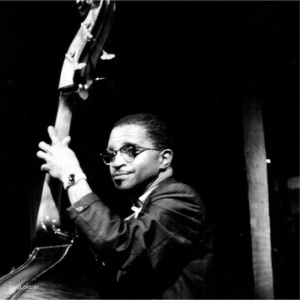



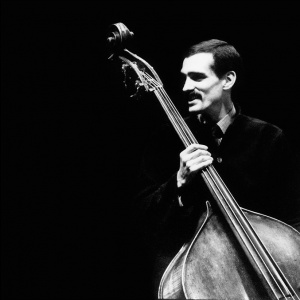



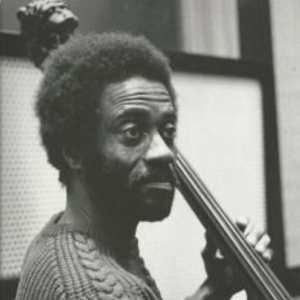

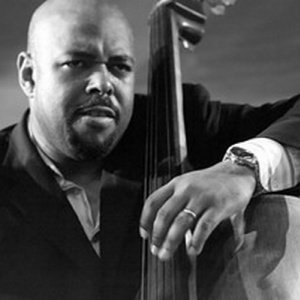

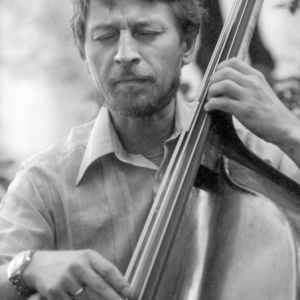

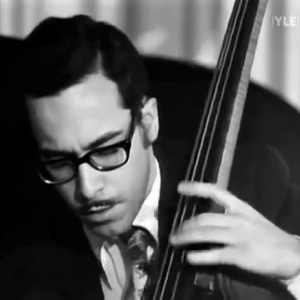



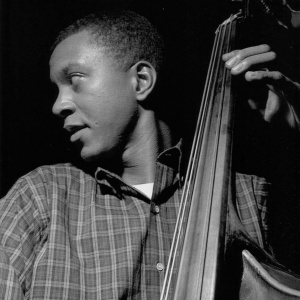

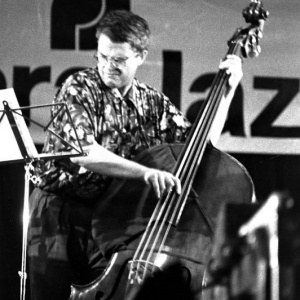










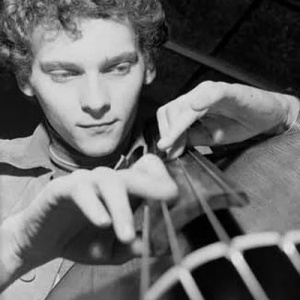





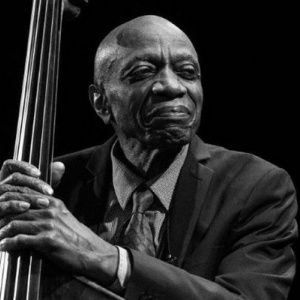

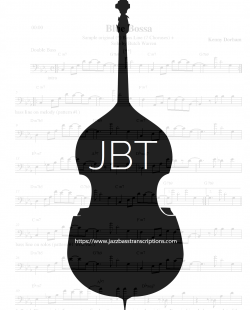
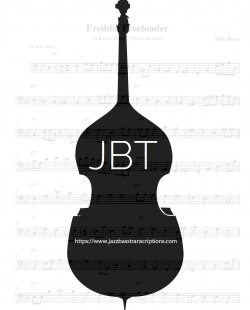
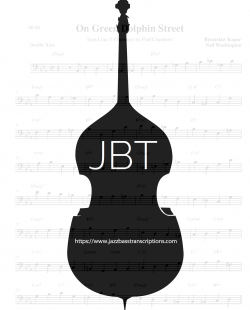

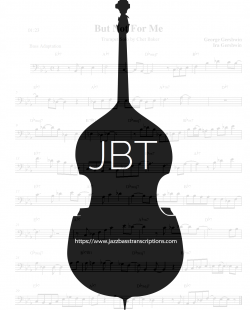

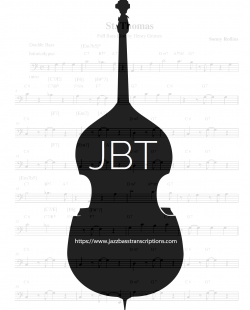
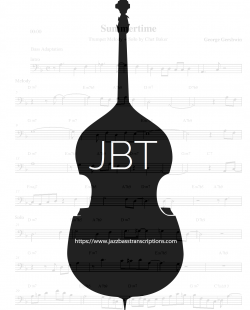
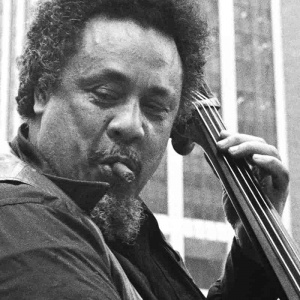
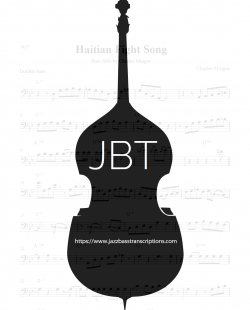
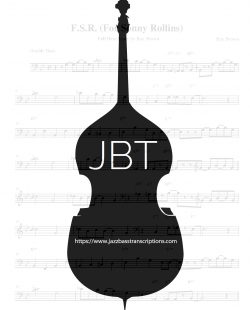
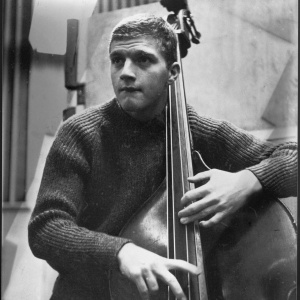
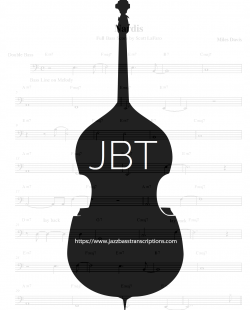
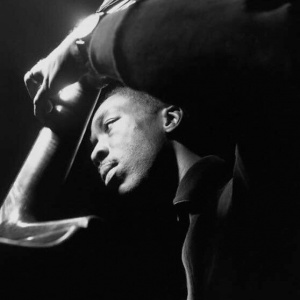
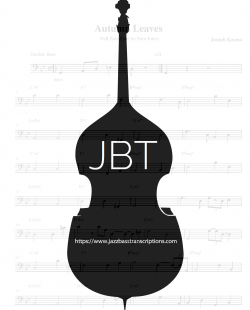
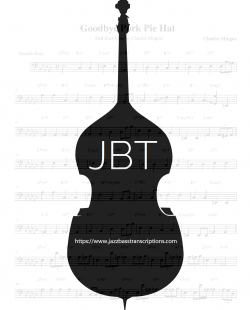
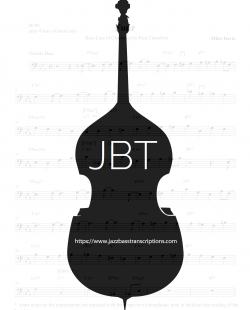
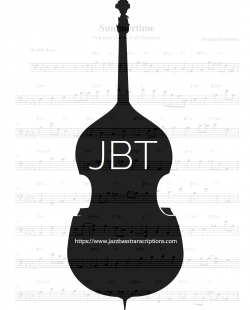
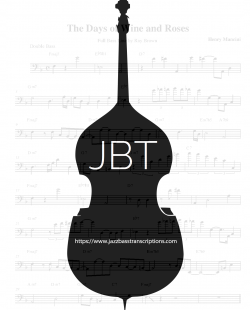
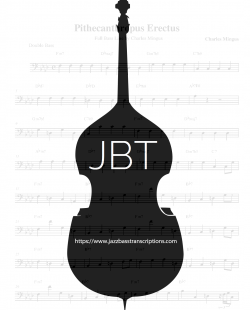
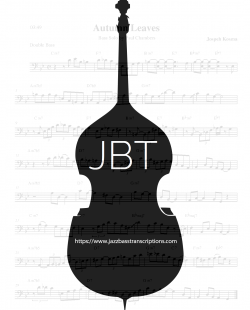
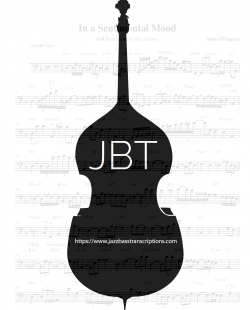
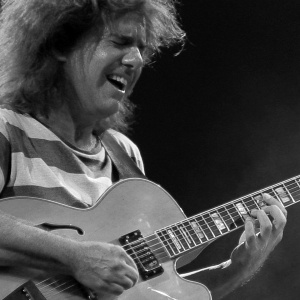
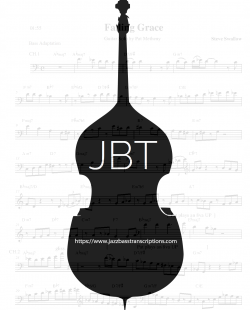
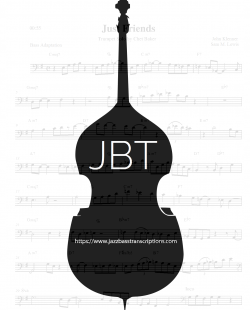
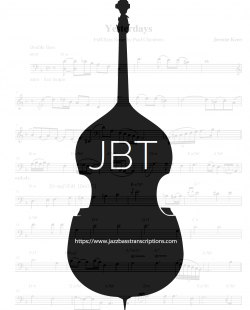
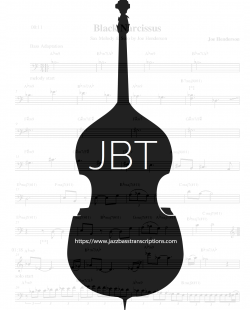
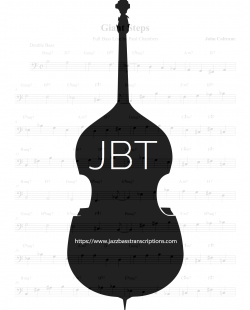
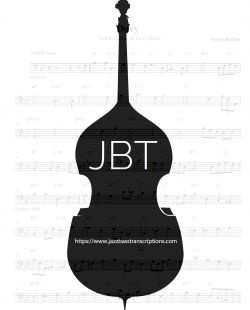
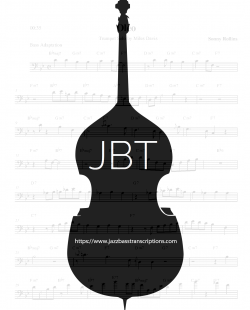
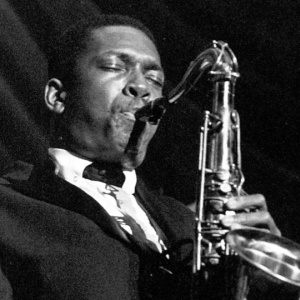
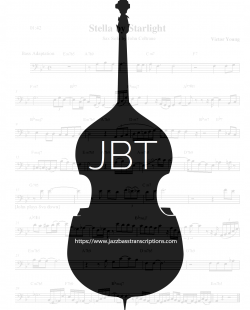
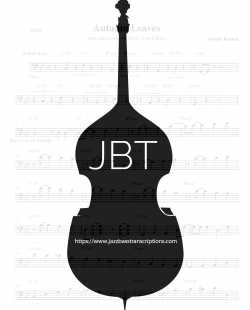
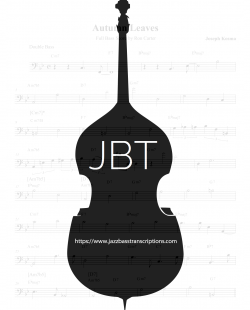
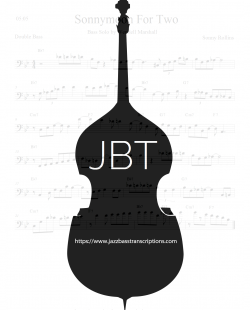
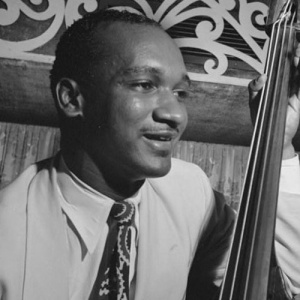
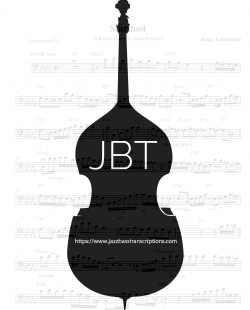
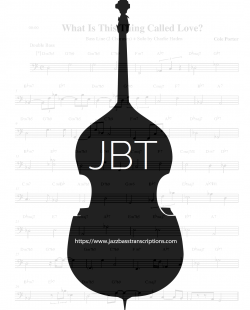
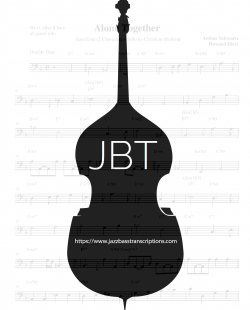
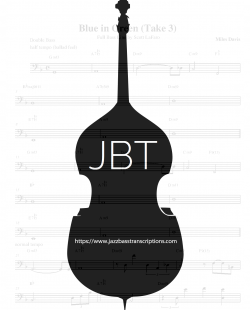
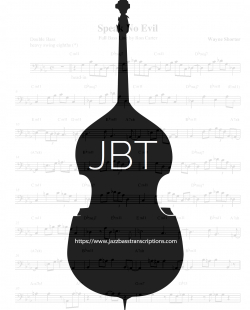
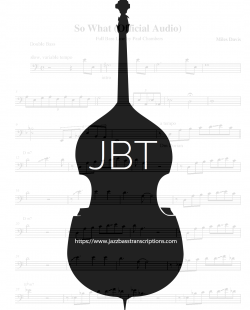
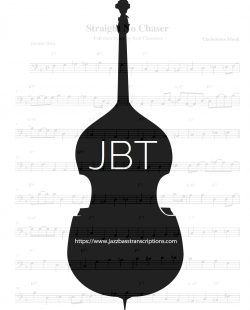
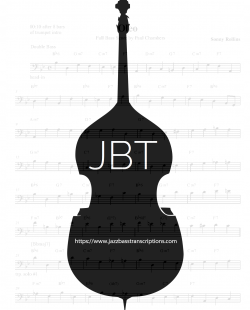
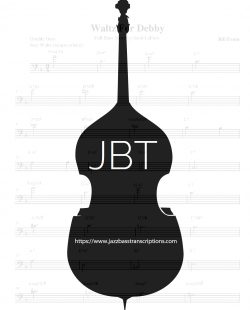
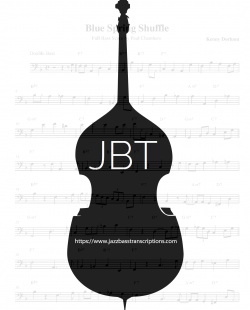
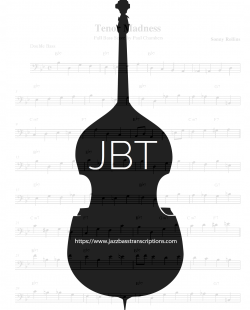


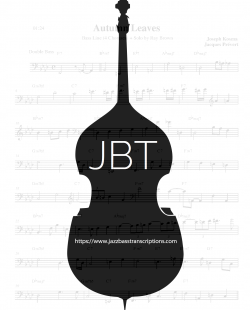
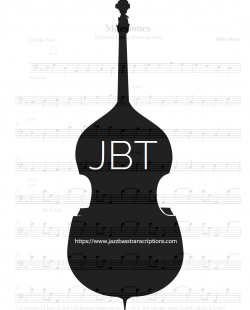
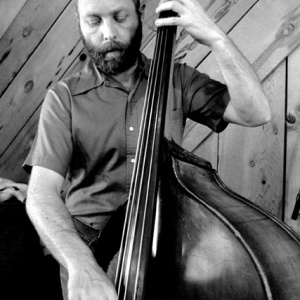
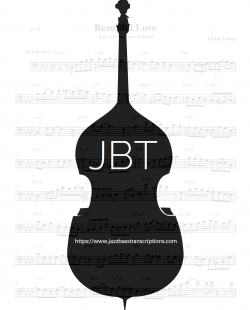
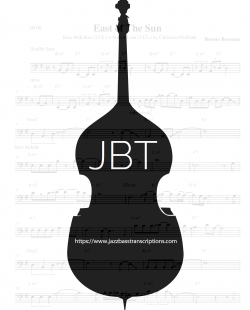
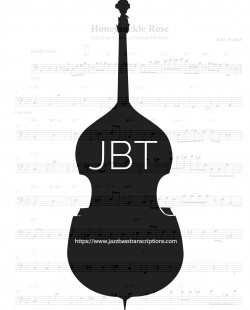
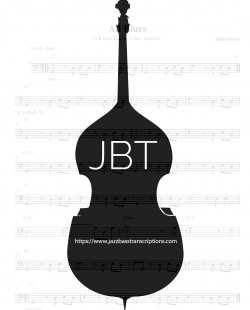
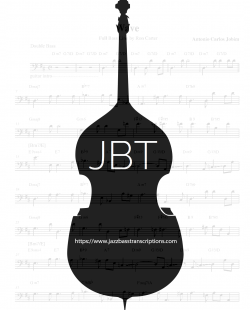
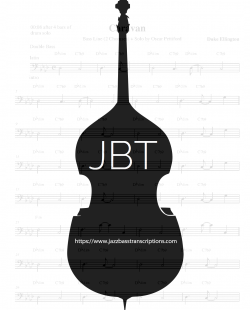
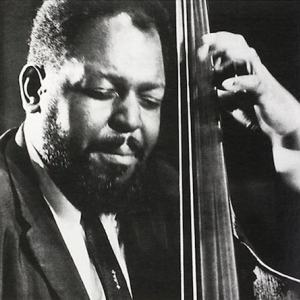
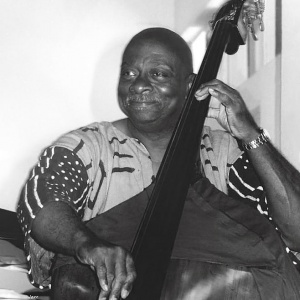
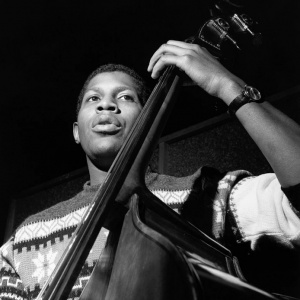
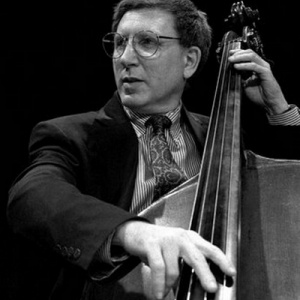
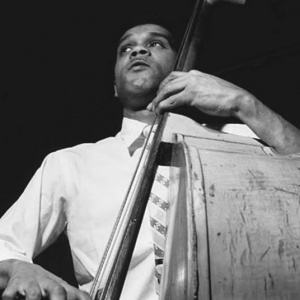
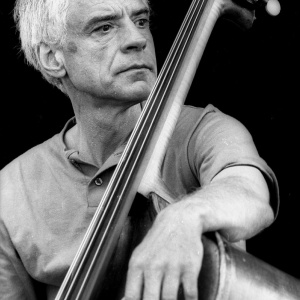
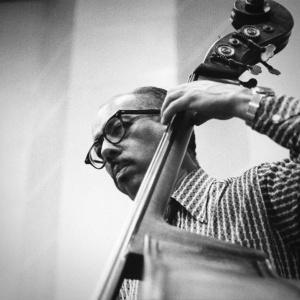
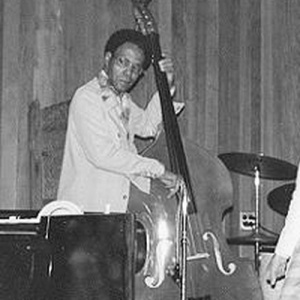
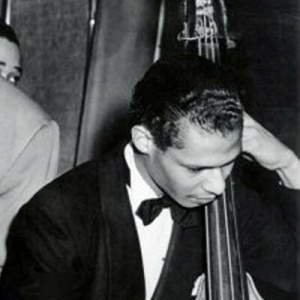
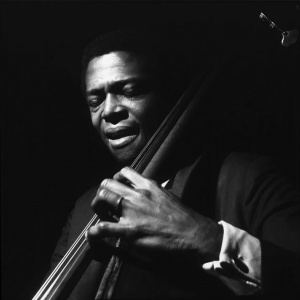
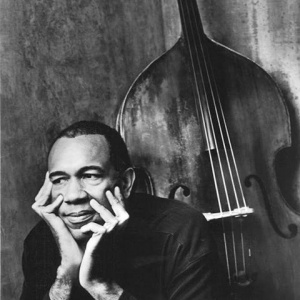
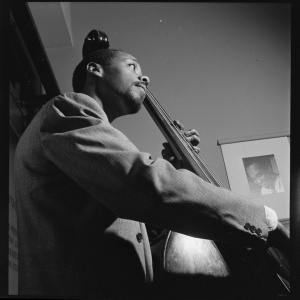
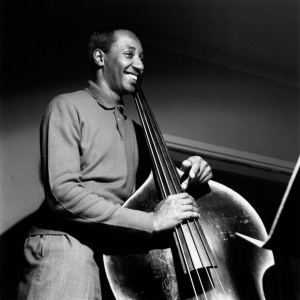

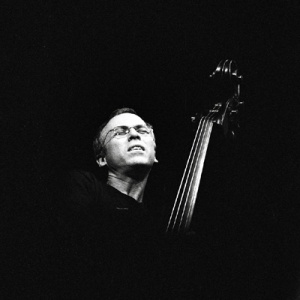
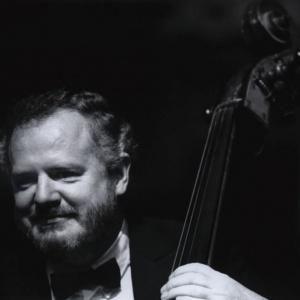
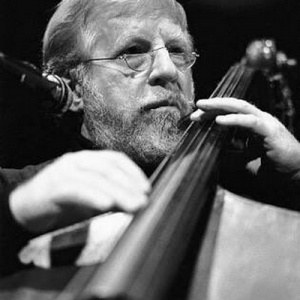
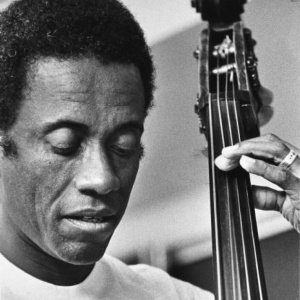
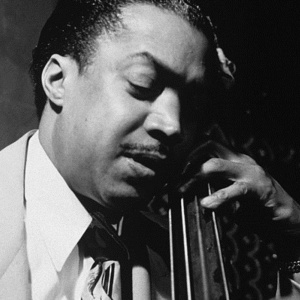
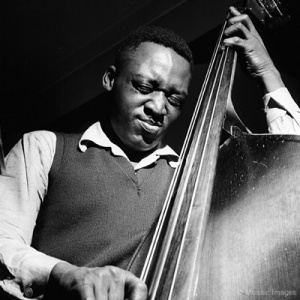
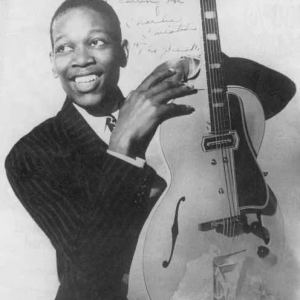
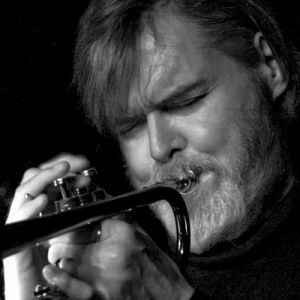
 Help
Help

 Welcome to Jazz Bass Transcriptions
Welcome to Jazz Bass Transcriptions 